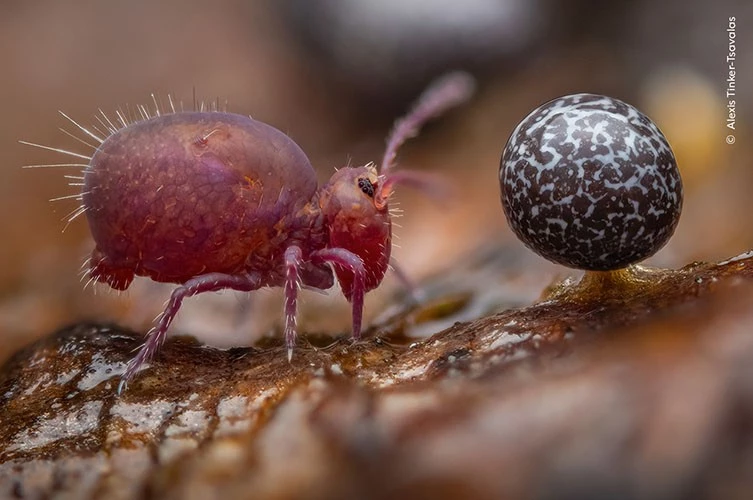For the 60th year in a row, the Natural History Museum of London has held its Wildlife Photographer of the Year awards. And for the 60th year in a row, the images are guaranteed to stir your love of the natural world and the animals that live in it.
In 1965, a magazine known as Animals hosted a competition to reward the best wildlife photographers at the time. That competition resulted in 361 entries. Over the years, the contest became an annual event, Animals eventually became BBC Wildlife, and the Natural History Museum of London began sponsoring the action.
This year, the Wildlife Photographer of the Year competition saw a record-breaking 59,228 entries from 117 countries and territories. The judges selected 100 photos to feature in an exhibit to be held at the museum starting on October 11 in London.
Here we bring you the lead winners in both the adult and youth categories, as well as a few more of our favorites.
Grand Title Award

The Grand Title Award for Wildlife Photographer of the Year 60 was taken by Canadian marine conservation journalist, Shane Gross. Looking like a still frame from the last Avatar movie, the image, entitled "The Swarm of Life" captures hundreds of just-hatched tadpoles of the western toad. Gross captured the shot while snorkeling in a lake in British Columbia, Canada. The photo not only claimed first prize, but also represents the first time the western toad was featured in the competition.
"The jury was captivated by the mix of light, energy and connectivity between the environment and the tadpoles," says Kathy Moran, Photo Editor and Chair of the Jury for Wildlife Photographer of the Year. "We were equally excited by the addition of a new species to the Wildlife Photographer of the Year archive.
“Over the last few years, the competition has highlighted environments and species that are often overlooked yet provoke the same wonder and delight when shared as the more typically photographed wildlife and wild places.”
Young Wildlife Photographer of the Year 2024

The Young Grand Title winner of the competition is Alexis Tinker-Tasvalas from Germany. Just one look at the young photographer's Instagram page shows that Tinker-Tasvalas has a knack for capturing super-small creatures in colorful, vivid detail. That being said, with his award-winning photo he even outdoes himself.
That's because it shows a tiny hexapod known as a springtail, which has the ability to jump many times its body length in the blink of an eye. Tinker-Tasvalas was not only lucky enough to not spook the insect when he rolled over a log in the forest, but he was also able to snap 36 shots of it, all at different focal lengths. On top of that, he also captured the fruiting body of a slime mold in the same frame. To create the winning shot, Tinker-Tasvalas used a technique called focus stacking in which he combined all 36 images into one striking prize winner.
"Macro is challenging when you’re trying to capture one species, much less two," says Moran. "To see them both photographed with such detail is exceptional. The moment at which the photographer made the frame it feels as if the slime mold and springtail are in conversation.”
You can see 11 more of our favorite shots from the competition in our gallery, or you can view all 100 of the chosen shots at the museum's online gallery.
Source: Natural History Museum, London















